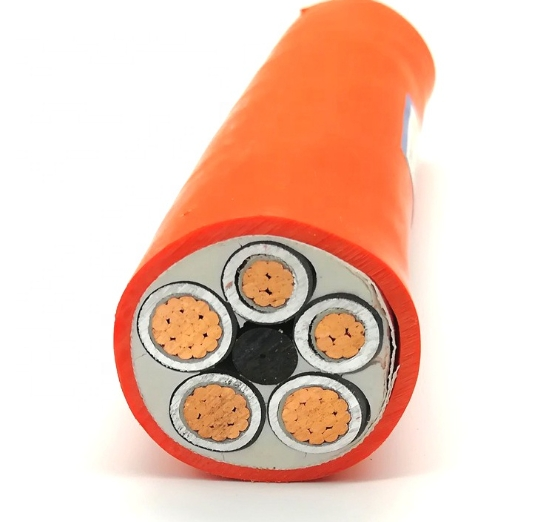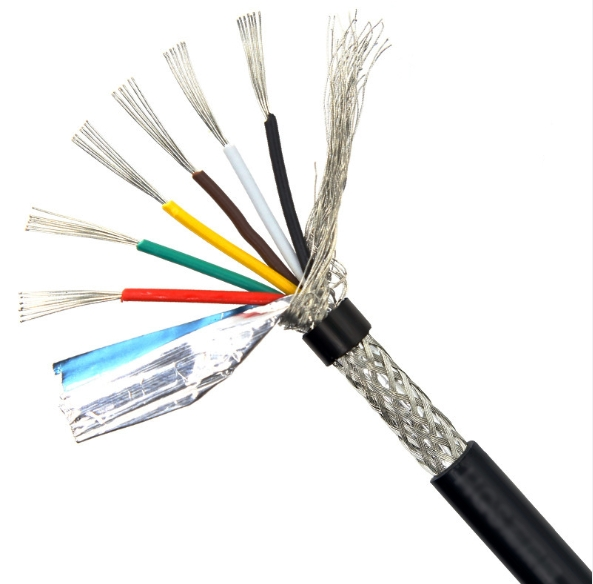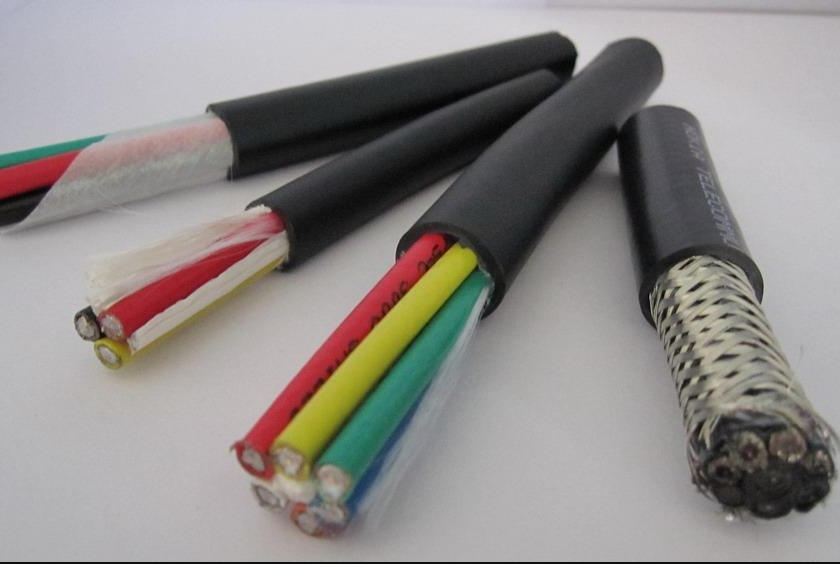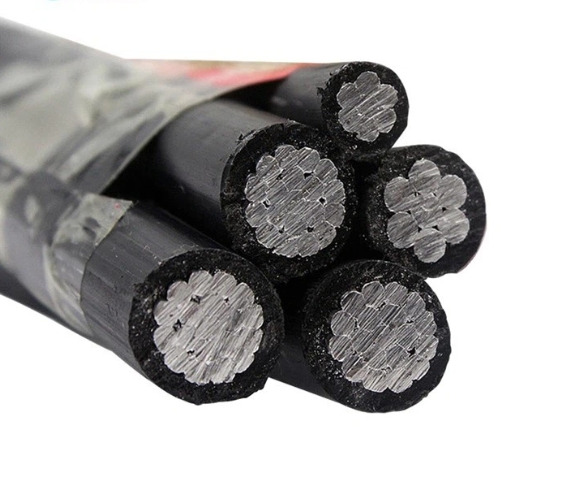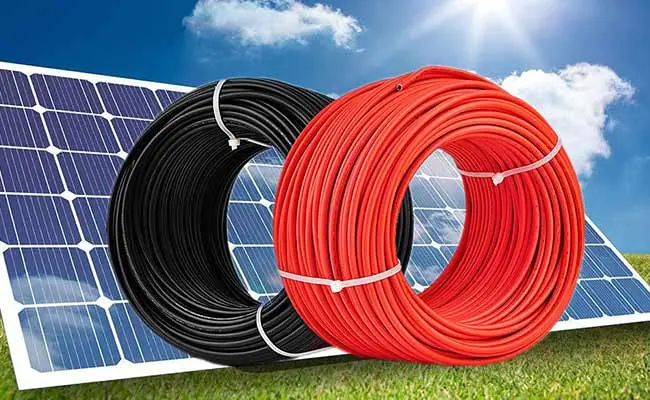
A photovoltaic wire is super crucial in solar power systems. They’re like the essential links that connect everything in a solar energy network. You can also call it solar panel wire. These special cables are made just for solar setups, helping to link solar panels, inverters, and the power grid. They’re built tough and designed to transmit solar energy efficiently and safely.
So, what exactly are photovoltaic cables?
These are some special wires that enable the usage of solar power. They are the primary regulators that help the subsystems of the solar system work in sync with one another. Solar energy can’t be transmitted from the panels to your home or business without them.
What will you learn in this blog?
In this blog, I will help you find a suitable photovoltaic wire and tell you how to install it correctly since your solar system must work exactly as planned.
What is pv cable?
Photovoltaic wire is a wire designed for solar power systems. They are like adhesives that act as a nodal point among different solar components. They link the panels to the other vital parts.Here I will clarify it: one of the main things about Photovoltaic wire is that it works perfectly well in sunlight.
They are resistant to UV radiation so that the fire can withstand the sunlight for a prolonged period without any damage.
Furthermore, PV wiring is very well suited to high temperatures, and this is another one of the most important things for me because solar panels can get very hot.
These solar wires are also made to deal with the high voltage that solar panels produce. They’re usually made of aluminum solar cable and carefully engineered to handle this high voltage so that the solar system works efficiently.
Security is the main thing that is considered in PV wire. They must comply with specific safety standards and have certificates to ensure safety. The PV wire has an insulation and withstanding layer to protect the system from the environment like rain and wind and ensure the system runs efficiently and safely.
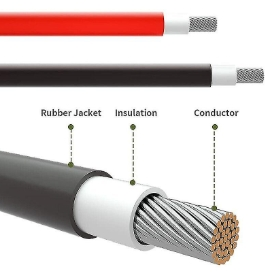
Types of photovoltaic cables
Now, I’ll talk about the different types of photovoltaic cables. Choosing the suitable photovoltaic wire is vital to keep things working well and safely.
DC Solar Cable:
First, there’s the DC Solar Cable. These are used in solar systems to connect solar panels to inverters. They handle the direct current (DC) output. They’re made to resist UV rays and stay stable in different temperatures. They come in smaller sizes to fit the job. DC solar wires including options like 8 AWG PV wire and 4mm solar PV cable.
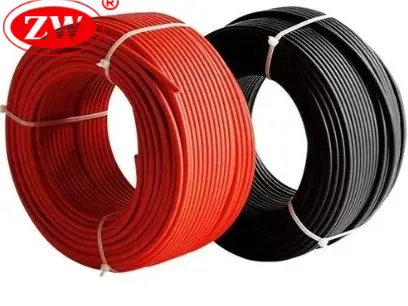
Solar AC Cable:
Next up is the Solar Cable. These cables connect the inverter to the AC distribution panel. They’re built to handle alternating current. They’re made with materials that make them tough and resistant to weather and UV damage. They’re crucial for ensuring solar panel electricity gets to where it needs to go safely.
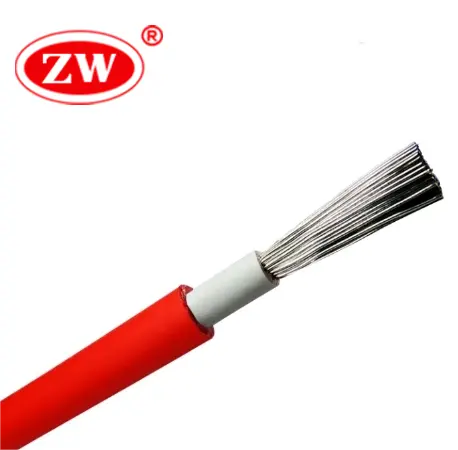
MC4 Cable:
Then there’s the MC4 Cable. These are special cables with connectors that are used in solar PV systems. They make it easy to connect solar panels securely. They’re durable and work well with solar panels.
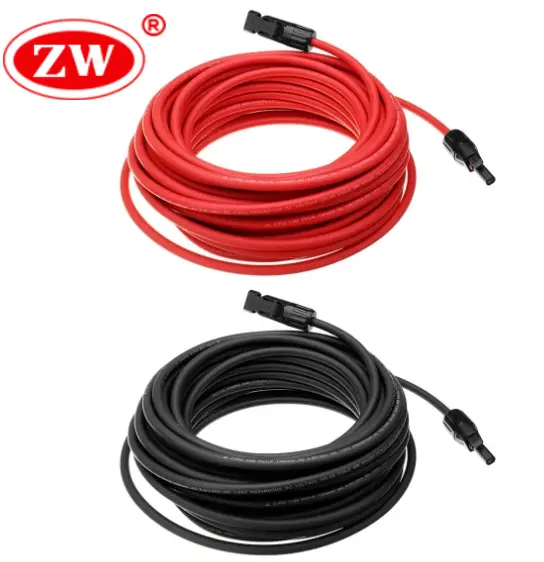
Twin Core Solar Cable:
Twin Core Solar Cable is another type. Solar wire has two insulated conductors in one sheath. It connects solar panels to the solar charge controller in small systems.Multi-core cables have more than two conductors and are more flexible. They’re suitable for bigger installations. Both types are tough and can handle different weather conditions.
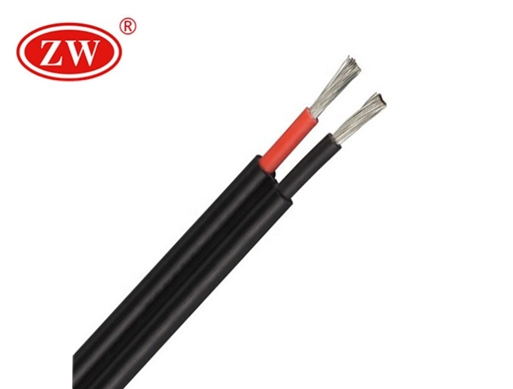
UL 4703 cables
UL 4703 cables are essential in solar systems like mine. For instance, these cables have to meet some of the resistant necessities given by Underwriters Laboratories and UL. They are made for use in solar power systems and are critical mechanisms for securing all the components of the system as well as its performance.
UL 4703 cables have been designed to withstand high electrical voltages and currents, according to the necessities of a typical solar system. Most have high durability measures to fight weather patterns and resist UV rays.
USE-2 Wire(Underground Service Entrance):
Lastly, there’s the USE-2 Wire (Underground Service Entrance). This wire is solid and can handle high temperatures. It’s used in the DC part of solar PV systems, connecting solar panels to inverters. It’s tough enough to be buried underground and can handle rough outdoor conditions well.]
These different types of cables have their jobs and are essential for making solar systems work safely and efficiently.
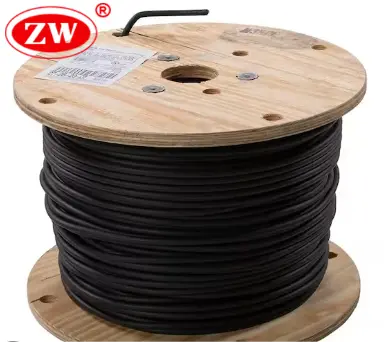
What is the feature of photovoltaic cable?
As part of my solar power wire system, PV cables have some crucial features that make them work well:
- Cables like these are resilient and do not weaken if exposed to light for a long time.
- They can be exposed to really high temperatures, still function well, and remain effective.
- A Photovoltaic solar cable must be waterproof and durable against all weather conditions to keep working even when it’s rainy outside.
- The materials they’re made of assist in power conservation and ensure they last long.
- These cables can bend and move quickly, essential for solar panels and other parts that might shift.
- PV cables meet strict safety rules to ensure they’re safe to use in solar systems.
All these features mean that PV wire can reliably carry electricity from solar panels, even when faced with tough environmental conditions. Knowing photovoltaic cable specification helps ensure my solar power system works as well as possible.
PV Wire-Installation Guide
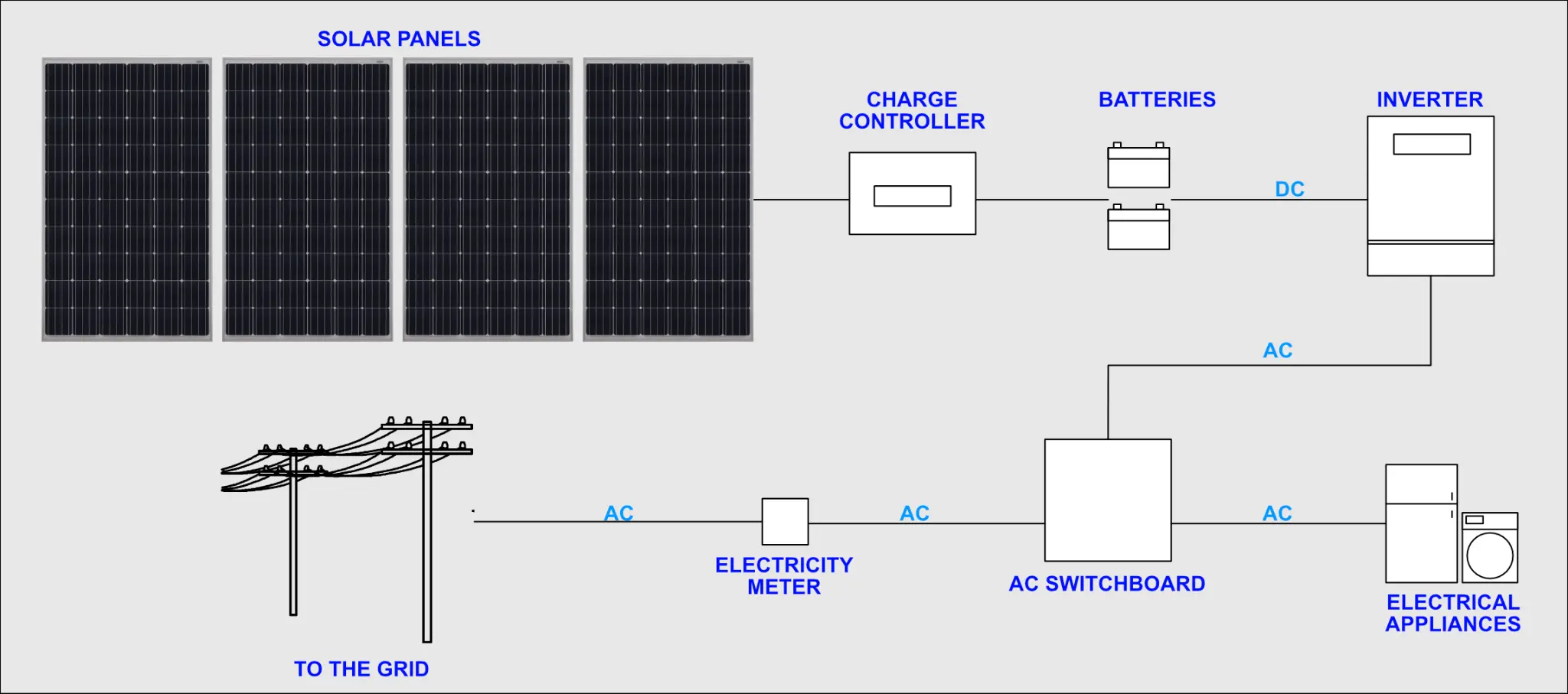
As I set up my solar power system, it’s essential to follow these steps to install the panel cable properly:
Step 1
First, I need to understand what PV cables are and what they do. They’re specially made to handle heat, UV light, and moisture. They’re essential for connecting solar panels to other electrical parts.
Step 2
Next, I have to pick the right PV cables:
- I can choose between single-core and twin-core cables based on what I need. Single-core cables are usually used for solar panels.
- I need to ensure the cables can handle the amps my system requires. Choosing cables with a higher amp rating is better to avoid overheating.
- Thicker cables are better to prevent voltage drops, especially for longer lengths. Some available sizes are:photovoltaic wire(8~14)
Step 3
Then, I have to decide how to connect my panels:
- I have to check the series connection. This means connecting panels in a line, which increases the total voltage.
- Then, I have to check the parallel connection. This connects all positive terminals and all negative terminals. It increases the current but keeps the voltage constant.
Step 4
Now, for the installation process, I’ll have to do the following.
- Route Planning:I need to plan the cable routes carefully to be efficient and minimise exposure.
- Cable Preparation:I accurately measure, cut, and strip the cables for connector attachment.
- Connector Attachment:I securely attach connectors, like MC4, to the cable ends for reliable connections.
- Panel Connection:I connect the cables to the solar panel wire terminals, ensuring the polarity is correct.
- Cable Routing:I route the cables neatly, preferably through protective conduits, and secure them along the path to prevent damage.
- System Integration:If needed, I connect the cables from the panels to the inverter’s DC input and from the inverter to the AC power system.
- System Check and Activation:Finally, I check everything carefully to make sure it’s all connected properly and follows electrical codes. Then, I activate the system and test it to ensure it works correctly.
Following these steps ensures my solar system operates efficiently and safely. I’ll always follow local electrical codes and consider getting help from a professional for complicated installations.
Now, I need to find where to get these critical PV cables for my solar setup.
We provides a comprehensive approach to installing photovoltaic wire cables, ensuring your solar system operates efficiently and safely. Always adhere to local electrical codes and consider consulting a professional for complex installations. what’s more, it becomes important to address the issue of where to obtain these important PV wires for solar installations.
Where to buy photovoltaic wires?
I have several options when I need to buy photovoltaic cable for my solar installation.
First, I can check out specialty electrical supply stores. These stores usually have a wide range of solar PV wiring options available, whether I’m setting up a solar system for my home or business.
Another option is to look online for a photovoltaic wire supplier. Sites like Amazon and eBay are convenient because they offer PV wires from different manufacturers. I can surf through the various choices and read reviews from other customers to assist me in coming up with an ideal option.
If I prefer to shop in person, I can visit large hardware stores or solar equipment distributors. These places often have PV wires in stock and can help me find the right ones for my system.


